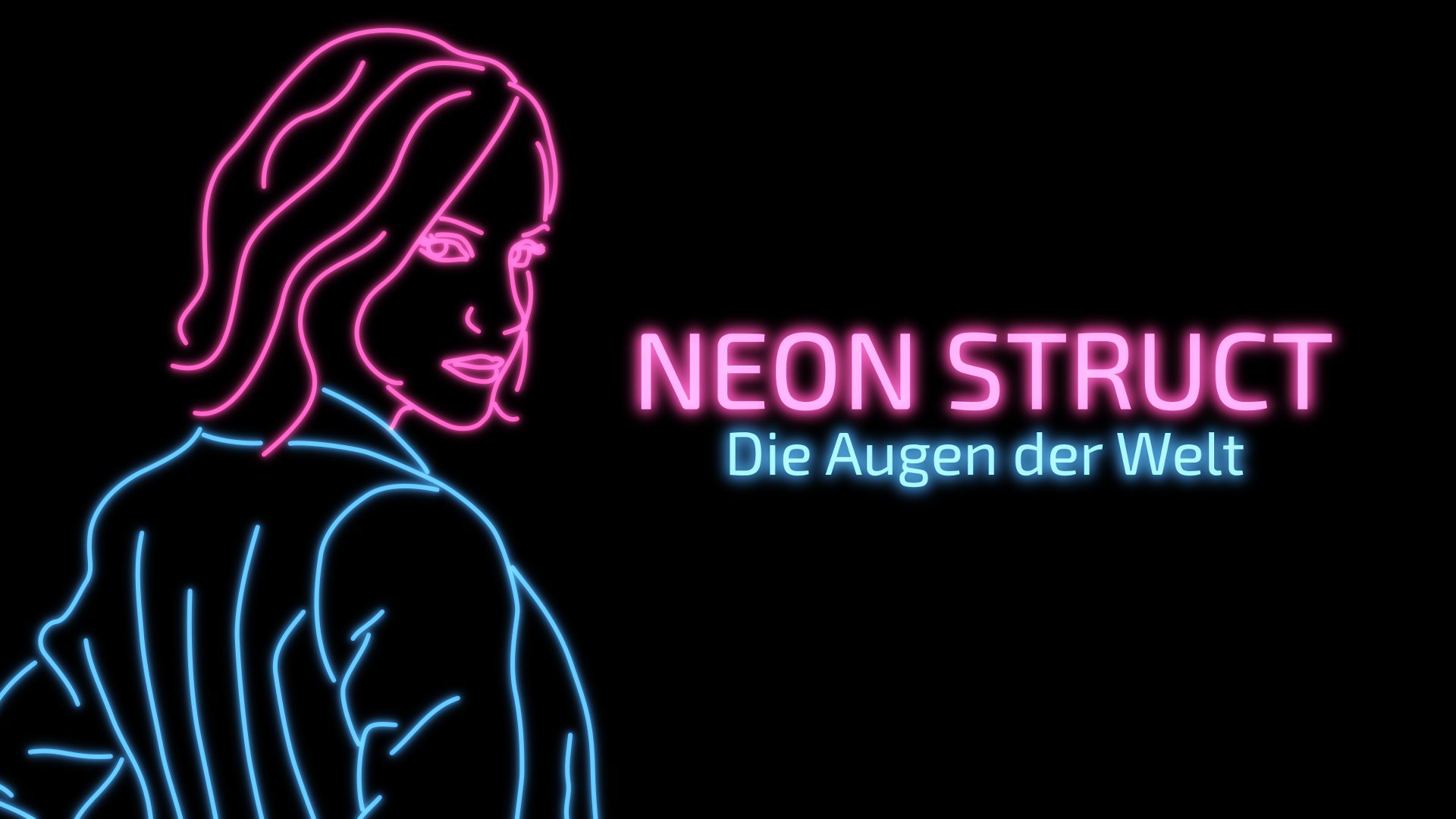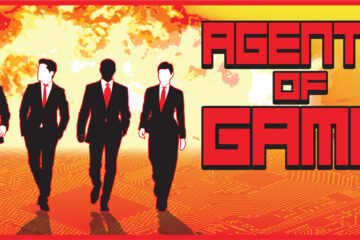If you want to know the nuts and bolts of Neon Struct, go here. While there are important things to talk about, in terms of what Neon Struct is, this specific article you’re gawking at here goes over why it was so impactful to me.
 We’re at a time dominated by big studios, and big publishers, where massive amounts of money are funneled into a small number of games which are “safe bets” (the same can be said about movies today). It’s an interesting bit of irony, because the companies that can afford greater risks are the companies who take the fewest. What we generally end up with is a large number of games which are not that dissimilar. Of course there are many big games which accomplish fantastic things, but can anyone make the claim, with a straight face, that there is more variety on modern consoles than there was in the days of the Nintendo Entertainment System or the Sega Master System?
We’re at a time dominated by big studios, and big publishers, where massive amounts of money are funneled into a small number of games which are “safe bets” (the same can be said about movies today). It’s an interesting bit of irony, because the companies that can afford greater risks are the companies who take the fewest. What we generally end up with is a large number of games which are not that dissimilar. Of course there are many big games which accomplish fantastic things, but can anyone make the claim, with a straight face, that there is more variety on modern consoles than there was in the days of the Nintendo Entertainment System or the Sega Master System?
Along comes Neon Struct. I’ve been following the Pittman brothers on Twitter for years, essentially the entire time I’ve been on Twitter (I can tell that story another day if you’re interested). As part of what I generally do on a daily basis, I peruse Twitter for news stories, interesting developments in games, tech, and all things geek, and other things I might pass on to the Agents of Game community. When I initially heard David Pittman (half of Minor Key Games) talk about Neon Struct, I thought “oh, that’ll make a nice little review,” and promptly filed it away, not giving it a whole lot of thought.
 Once I started into the game, however, everything changed. The music and the art design oozed with character and flair, which both accentuated, and was heightened by, the storyline of the game. The game brought me back in time, to an era before games were dominated by first person shooters and large-scale RPGs, and made me feel like a gleeful kid again. Well, until I kept getting killed by security guards. But once I figured out their mechanics (and found a few nifty weapons and tools), I got back to enjoying the game immensely.
Once I started into the game, however, everything changed. The music and the art design oozed with character and flair, which both accentuated, and was heightened by, the storyline of the game. The game brought me back in time, to an era before games were dominated by first person shooters and large-scale RPGs, and made me feel like a gleeful kid again. Well, until I kept getting killed by security guards. But once I figured out their mechanics (and found a few nifty weapons and tools), I got back to enjoying the game immensely.
I’m going to step back for a moment, and temper my statement with a couple of addenda. First, it’s pretty clear that Neon Struct was built without the luxury of a vast budget. The graphics, while crisp and enjoyable, are not cutting edge (which, in this case, works especially well given how the game feels like it hearkens to another era). The plot is compelling and works well to drive the gameplay, but it’s not something entirely foreign to games or movies. Neon Struct isn’t likely to win awards at the glitzy televised Game of the Year type events. But that’s not the point. The point is that there is nothing like this coming through the major studios, and there hasn’t been for far too many years.
I have nothing against The Witcher. I’ve played days’ worth of GTA V. I love many of the “big boy” games, and that isn’t going to change. But to be honest, aside from Minecraft, there hasn’t really been anything in a long time that has made me so giddy inside after playing it. That’s where Neon Struct shines. It takes games to a place where modern gamers rarely get to go. A place truly outside the box, yet where the journey feels so familiar, and so right, that it leaves me screaming for more.
 Maybe it’s because I’m an “older” gamer. I’m a child of the ‘80s. I grew up in a time where there were no real limits to the bountiful variety of games that set our virtual table. Neon Struct not only pulls us back to that time in terms of offering something different, however. It does that more explicitly, in that “NEON STRUCT is an adventure story, set in an alternate history world with a deliberately 1980s sci-fi vibe. (“2015 as envisioned in 1985″ was how I described it at inception.)” (David Pittman – via Dev Blog).
Maybe it’s because I’m an “older” gamer. I’m a child of the ‘80s. I grew up in a time where there were no real limits to the bountiful variety of games that set our virtual table. Neon Struct not only pulls us back to that time in terms of offering something different, however. It does that more explicitly, in that “NEON STRUCT is an adventure story, set in an alternate history world with a deliberately 1980s sci-fi vibe. (“2015 as envisioned in 1985″ was how I described it at inception.)” (David Pittman – via Dev Blog).
The music, the art, and the atmosphere all take me back to my childhood, where life (even when it sucked) could be full of beauty, and wonder and joy. A time where you could look to the future with excitement and anticipation (even when that future looked frightening). A time before curiosity, innovation, and exploration had been beaten out of me by school and by life, and beaten out of modern video games by “fiscal expediency.” And what a joy it was to go back.
I recognize that much of my response was irrational. And I recognize that, even for children of the ‘80s, it might not have the same impact, much less those who have grown up since then. It’s a safe bet that this is a sign that I need to expand my game horizons to more independent developers. Nevertheless, I’m not ashamed to say that I love Neon Struct, not only for the game itself (which is fantastic), but for what it represents. And I’m going to eagerly await more games like this. Oh, and please do give Neon Struct a try.



